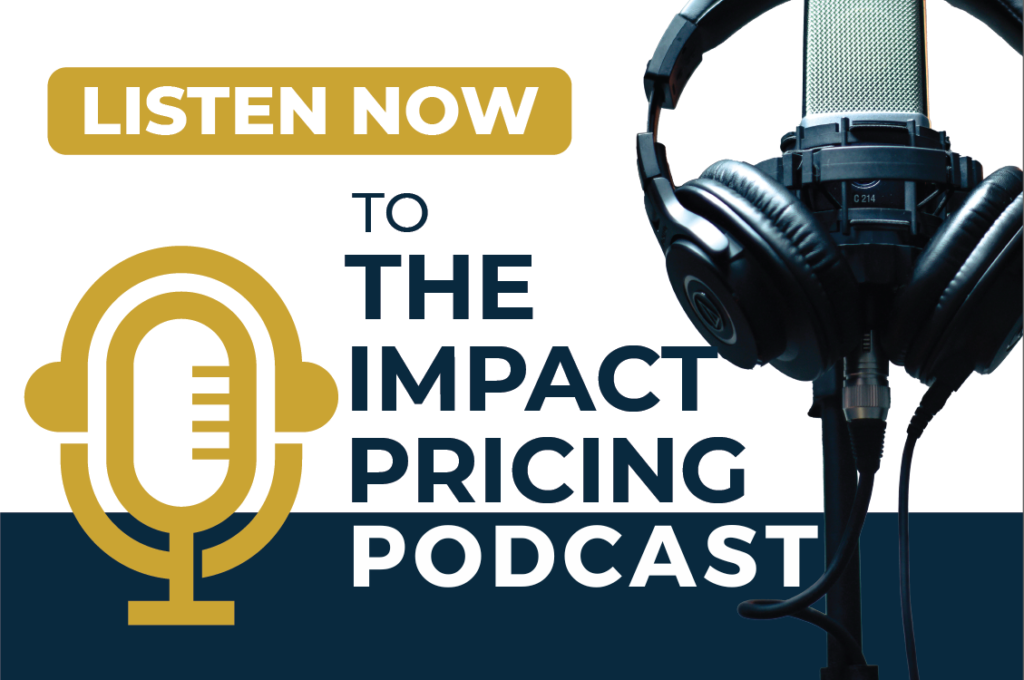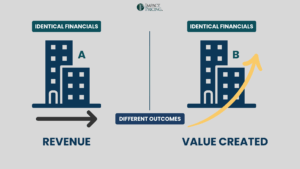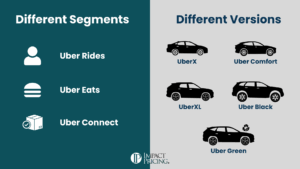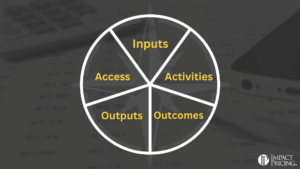You can listen to the full audio version of this blog we call — Blogcast.
As a guest on the Impact Pricing Podcast, Mark Peacock, described an interesting price increase strategy which I hadn’t heard of before: a two-stage communication process. First, you announce a price increase is coming. Then, you follow that up later with the announcement of how much.
Although I haven’t seen this in action, here is why it should work.
In 1985, Richard Thaler conducted his famous “beer on the beach” study.
“You are lying on the beach on a hot day. All you have to drink is ice water. For the last hour you have been thinking about how much you would enjoy a nice cold bottle of your favorite brand of beer. A companion gets up to go make a phone call and offers to bring back a beer from the only nearby place where beer is sold (a fancy resort hotel) [a small, run-down grocery store]. He says that the beer might be expensive and so asks how much you are willing to pay for the beer. He says that he will buy the beer if it costs as much or less than the price you state. But if it costs more than the price you state he will not buy it. You trust your friend, and there is no possibility of bargaining with (the bartender) [store owner]. What price do you tell him?”
Some respondents saw the resort hotel. Others saw the grocery store. Notice the consumption is identical. You will be drinking a nice cold bottle of your favorite beer that your companion brought to you.
Thaler found that the median price for a beer from the resort hotel was $2.65 (remember this was 1985). The median price from the grocery store was $1.50.
This is a clear demonstration of the difference between acquisition utility and transaction utility. Acquisition utility is the value of the product. It’s what we usually focus on in this blog. In B2B, it’s measured in incremental profit. Think of this as the rational part of a purchase decision. In our beer scenario, it’s the pleasure of drinking an ice-cold beer on the beach.
Transaction utility is the emotional part. It’s the positive feeling you get when you find a great price. It’s also the negative emotion you feel when a company raises its price. In the beer example, it’s how you would feel about the price you paid.
Russ Winer quantified and popularized the concept of a reference price. This is the price a buyer expects to pay. When the actual price is lower than the reference price, there is positive transaction utility and people are more likely to buy. The opposite is true as well. And the bigger the difference, the larger the emotional response.
Now, let’s apply all of this to a price increase. When you raise a price to current customers, they get negative transaction utility. Their reference price is the price they paid in the past, so they have a negative reaction to the difference between the current price and the new price.
However, telling them a price increase is coming prompts them to “guess” at the new price. They don’t have to make a decision yet, but they are preparing for it. By making this guess, they unknowingly raise their reference price. Then, when the amount of the price increase is communicated to them, they compare it to their guess, not the original price. This reduces the negative emotions caused by the price increase.
The theory here is sound. But as Einstein supposedly said, “In theory, theory and practice are the same. In practice, they are not.” Do you have evidence you can share?
Share your comments on the LinkedIn post.
Now, go make an impact!
 Tags: pricing, pricing foundations, pricing metrics, pricing strategy, pricing value, value, value-based pricing
Tags: pricing, pricing foundations, pricing metrics, pricing strategy, pricing value, value, value-based pricing













